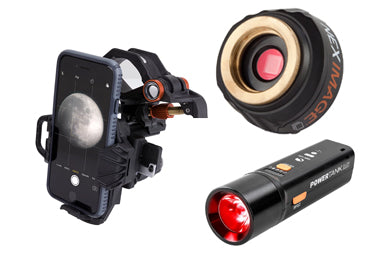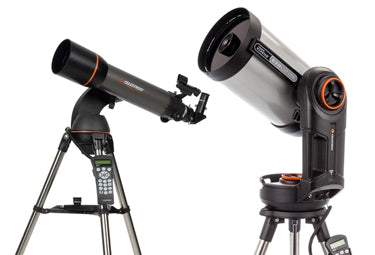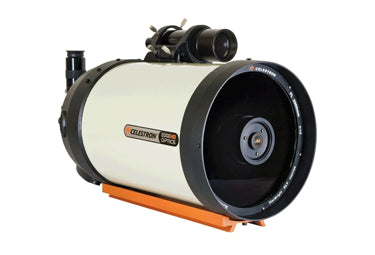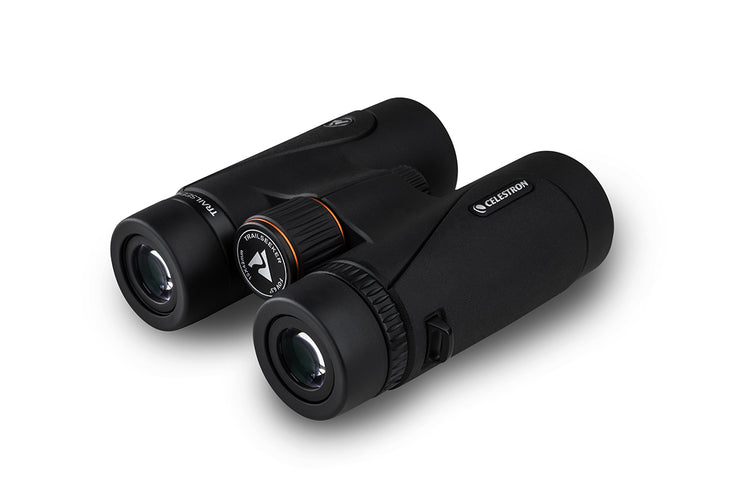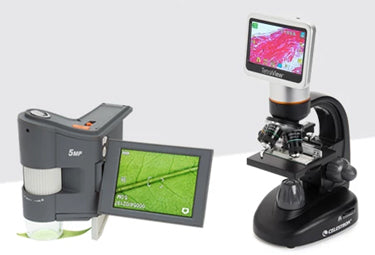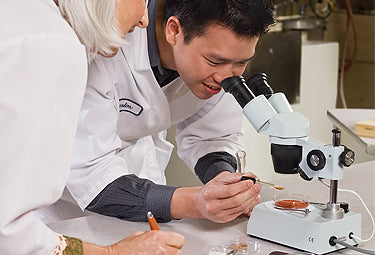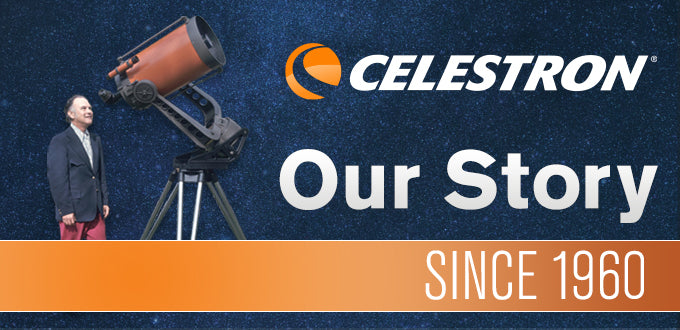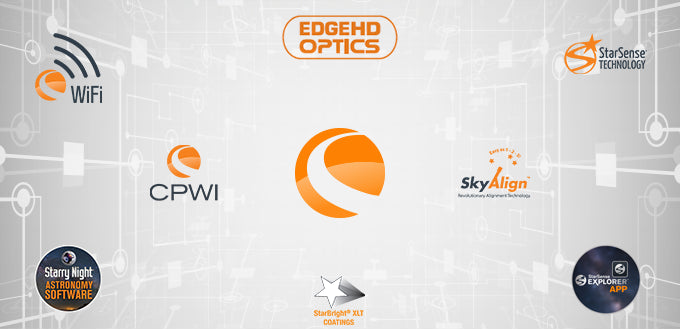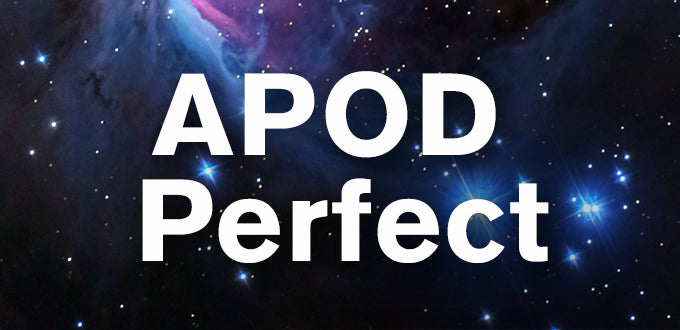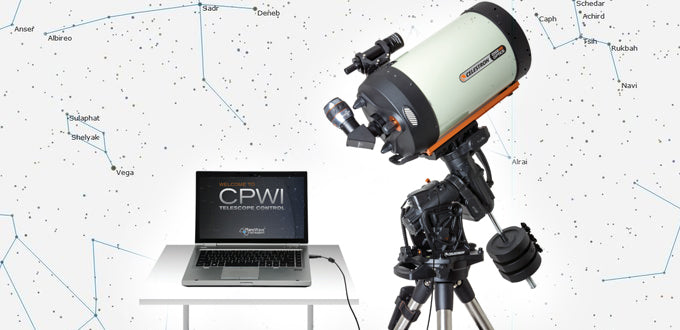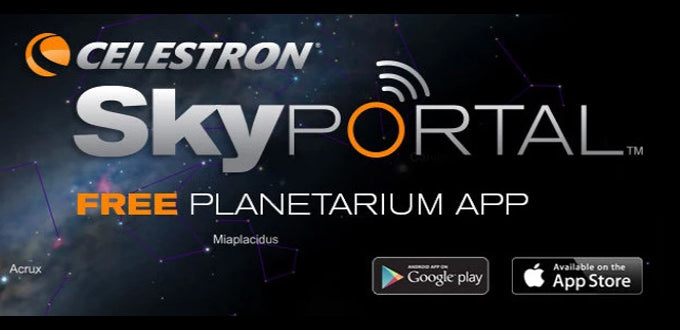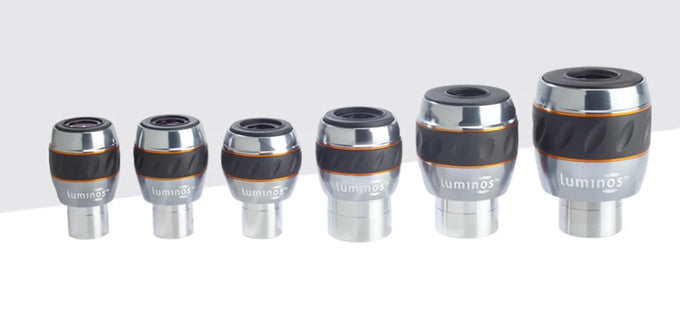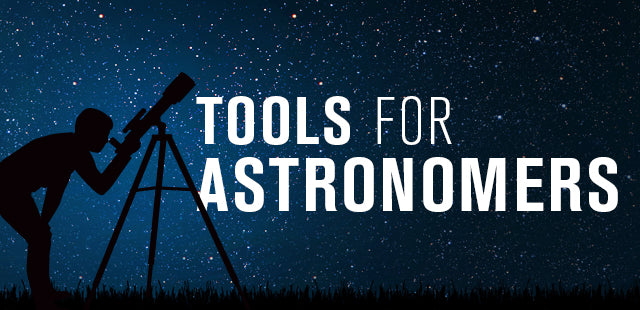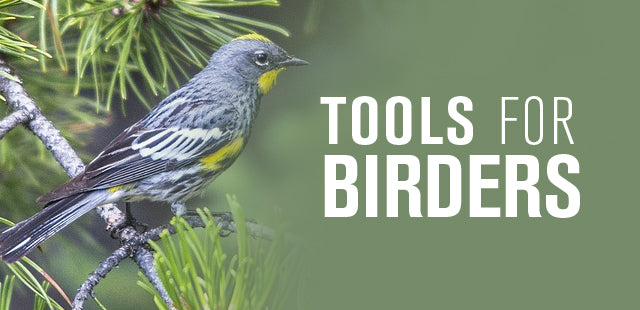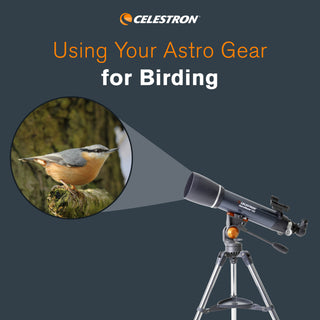Controlling Backlash in Your Mount
September 26, 2023

Understanding Backlash

If your computerized mount keeps moving slightly after releasing the hand control’s direction arrows, you are experiencing backlash or play between the drive gears. Backlash is the amount of slack between gears or a worm gear and its driven gear. All telescope motor drives have some backlash because, if gears are too tight, they can cause motor binding, premature gear wear, and inaccurate tracking. However, excess backlash can cause a delay in scope movement when using the hand control’s direction arrows. Backlash is especially problematic when the telescope moves in the direction opposite the scope’s tracking. In this case, the lag before the scope moves can be several seconds.
Celestron’s computerized mounts use worm-driven gears and are preset at the factory. You don’t need to open the scope and physically adjust your motor gears. Instead, you can zero out the backlash by entering control values in the NexStar+ hand control. The hand control will remember the entered values and apply them each time you turn it on. While the backlash adjustments for both the computerized NexStar alt-azimuth (AZ) and German equatorial (EQ) mounts are similar in principle, this article will explain subtle differences.
The goal is to minimize backlash and allow smooth telescope direction changes and tracking. The Celestron’s NexStar+ hand control firmware lets you rewind the motors enough to eliminate the gear play when you press the arrow button and wind it back in the other direction when you release the button to make the gears re-engage and return to smooth tracking.
The hand control applies positive backlash compensation when the mount changes its direction of movement from backward to forward. It uses negative backlash compensation when the mount changes direction from forward to backward. When tracking is enabled, the mount will be moving in one or both axes in either the positive or negative direction, so backlash compensation will always be applied when a direction button is released. The direction moved is opposite to the direction of travel. The amount needed will depend on the slew rate; slower slews will be more sluggish and need higher values. Visual observation is less demanding of precise tracking and won’t need as high backlash compensation values as guiding for astrophotography.
Correcting Backlash
In an alt-az GoTo mount, gear backlash often appears in the azimuth axis when moving east. In an EQ GoTo mount, gear backlash often appears on the right ascension (RA) axis. You’ll notice backlash at a slew rate above 2 in both GoTo mounts. Here’s how to fix the issue:
- Start by adequately aligning (or polar aligning) the mount so it will track the stars.
- Initially set the anti-backlash correction (under Menu > Scope Setup > Backlash Compensation). Set the negative direction to 99 for the azimuth for AZ mounts and right ascension (RA) for EQ mounts. Note, use the positive adjustment when adjusting backlash in the Southern Hemisphere. The remaining instructions will be for the Northern Hemisphere.
-
For AZ GoTo Mounts: Point the scope to a spot near the intersection of the meridian and the celestial equator. For EQ GoTo Mounts: Under the Tracking > Mode menu, turn EQ North tracking on.
Set the motor speed to rate 3 (or higher). You should now see the following behavior:
When slewing left, the telescope will move east, and you will see the field of view moving eastward through the eyepiece (assuming either an inverted or mirror-reversed view). Before releasing the button, move at least ten arc-minutes eastward at a rate of 3 (or higher). When you release the hand control’s button, the motor will ramp to a stop, and the tracking will engage. The anti-backlash will kick in briefly before the motor changes direction and drive through the gear backlash. Because 99 is probably too high a setting, the backlash will overshoot, and the field of view will jump to the west slightly before tracking engages and holds the field steady.
- If there is an overshoot, adjust the anti-backlash azimuth or RA negative value to 50. Again, slew the mount eastward at a rate of 3 or higher for at least ten arc-minutes. If the new value for AZ’s azimuth and EQ’s RA negative is too low, then not all the gear backlash will be corrected. The motor will use the remaining backlash after the tracking is engaged in the field of view and will appear to move eastward at sidereal speed briefly. If the new value is still too high, the gear backlash will be overcorrected, and the field of view will again jump to the west after releasing the button, then stabilize once tracking engages.
Continue to adjust the backlash setting until there is no visible westward overcorrection. When AZ’s azimuth and EQ’s RA negative value is correct, set the AZ’s azimuth and EQ’s RA positive correction to the same value.
Consider setting up the AZ’s altitude and EQ’s declination axis, starting with the same value that worked with the AZ’s azimuth and EQ’s RA. If using a photographic setup, be sure not to over-correct in EQ’s declination, as this may affect your autoguider during its calibration routine.
Using GoTo Approach to Minimize Backlash

Another method to minimize the effect of backlash is to adjust the direction of the GoTo Approach so that the telescope slews to a target and will arrive in a direction that has already taken up the backlash slack. To adjust the GoTo Approach in your NexStar+ hand control, select Menu > Scope Setup > GoTo Approach and choose the direction the scope will use when approaching an object during the final slewing.
The directions can be positive or negative and are defined from the back of the scope in the north position. For AZ’s altitude or EQ’s declination, positive moves the tube up, and negative moves the tube down. For AZ’s azimuth or EQ’s RA, positive moves the tube right, and negative moves the tube left.
Always set the direction of approach in the opposite direction from the load pulling on the scope to minimize the effects of backlash in the gear train. The load in AZ’s altitude is usually because of gravity acting on the scope’s imbalance from accessories (eyepieces, cameras, etc.). The load in AZ’s azimuth is due to tracking and is opposite (in reaction) to the tracking direction, so the approach direction will be the same as tracking.
Whether to set positive or negative in AZ’s altitude or azimuth depends on your scope, mount type, orientation, Southern or Northern Hemisphere location, and the load from attached accessories.
The tube will be heavy in a typical situation with Schmidt-Cassegrain and refractor telescopes because accessories are attached. (For Newtonians, attaching accessories may result in a front-heavy situation.) The load pulls the front of the tube up (positive), so you should choose the opposite direction (negative) for the GoTo Approach. For AZ’s azimuth, the scope’s tracking determines the load. When the telescope tracks to the west (positive), set the GoTo Approach to close in on the target from the same direction, moving west (positive).
Many users select the default setting—AZ’s altitude negative and AZ’s azimuth positive. For a Schmidt-Cassegrain telescope with a star diagonal, GoTo slews will appear to move up and to the right with these settings.
For EQ mounts, when you flip the scope to the opposite side of the mount when tracking across the meridian, you must change the GoTo Direction in declination to maintain minimal backlash.
In the Southern Hemisphere, the west is to the left, reversing the GoTo Approach settings for azimuth.
Note: when aligning the mount, use the exact approach directions to center your alignment stars as you are using for GoTo Approach for the best GoTo performance.
Backlash and Autoguiding

Mechanical backlash affects photographic tracking more than visual observing because a camera is unforgiving of a drifting star, unlike the eye. Control of backlash during long exposure astrophotography is vital because there is continuous tracking motion in RA when guiding and intermittent guiding pulses in declination.
Here are some tips to help combat mechanical backlash and achieve better performance from an autoguider:
- Use gravity. You can dramatically reduce the effect of backlash by weighting or pre-loading an equatorial mount’s axis in one direction or the other. For example, if you have drift to the north, add a small weight on your tube to create a pull to the north. This puts tension on the drive in that direction, keeping the gears constantly meshed so the drive is always “pulling” the load. Start with a small load and increase if needed, as you don’t want so much tension that the motion for a small correction in declination will overshoot.
- If you can’t use the weight trick, your best bet is to balance your scope’s tube in declination carefully. (We recommend this for remotely controlled observatories.) Rebalance after changing cameras or other accessories. If the telescope is bumped while changing rebalancing, preserve your mount’s alignment using the Set Mount Position function under the Utilities menu.
- Use the autoguider settings. Many autoguiders and autoguider software programs allow you to set maximum pulse duration. The pulse duration must be long enough to overcome the mechanical backlash of your mount. Another setting you can vary is the Autoguide Rate in the NexStar+ hand control under Scope Setup.
Try the minimum displacement control if it’s available in your autoguider setup. For example, if your mount has a mechanical backlash of 3 arc-seconds, set the minimum displacement to 3.5 arc-seconds. Now, the autoguider will send a pulse long enough to overcome the backlash plus a bit more, leaving a net displacement of 0.5 arc-seconds. The drift will still be 3.0 arc-seconds, but once the error rises to 3.5, the autoguider will send another pulse, resulting in another 0.5 arc-seconds net displacement. The process will repeat and move your mount in tiny steps of 0.5 arc-seconds. As long as you start your exposure after the first correction from the autoguider, the star will not drift by more than 0.5 arc-seconds during your exposure.

